I don’t know about you, but for me the past few years have felt anything but certain. Suffice it to say that life events have made me painfully aware that I have trusted in certain circumstances, relationships, and institutions as unshakable forces in my life – only to have them undergo rather violent shake-ups. Some days I find myself craving just one thing that is constant. That’s why this year the season of Advent seems especially precious to me. In the midst of constant change, the observance of Advent focuses my mind on what is certain. It repeatedly turns my gaze back to the only One who is unchanging.
What is Advent?
The word Advent literally means “coming.” Judging by the Advent-themed merchandise available for purchase this time of year, most modern (or at least American) believers who observe Advent will be contemplating the babe in the manger. However, there are actually two “comings” that are important to followers of Christ: the historical coming of the Redeeming Savior, and His still-to-come return as the Restoring Ruler. Today, however, we live in a state of already-but-not-yet between the two comings. The season of Advent slows us down to meditate on the hope, love, joy, and peace that these comings make possible and how to make the most of the time between.
The First Coming: A Seat at the Table
At the time Mary and Joseph welcomed their bundle of joy in Bethlehem, the people of Israel had been waiting centuries for the Messiah. Jesus fulfilled the Messianic promise, but in a much more profound way than the Israelites anticipated. The Jews were expecting a Messiah to save them from the oppression of Rome. Instead, He came to save them from the oppression of sin; He came to save them from themselves. Even more, because Jesus was a Jew himself, He also fulfilled the prophecy that through the Jews salvation would come to everyone – to the Jew and the Gentile, to the rich and the poor, to the social elite and the social outcast.
Although Luke 2 is more easily adapted to a Christmas production, it’s the genealogies of Matthew (you know, that long list of names we tend to skip over) that truly reveal the tender heart of God for the outsider. Listed among the branches of our Lord’s family tree are not only the kings and patriarchs that one would expect, but also five women – a thing virtually unheard of in the patriarchal culture of the time. Even more outrageous is the fact that not a single one of these women would have elevated Jesus’s cultural clout – quite the opposite. Three of them were Gentile – and not just Gentile, but Canaanite and Moabite, people scorned by the Jews as unclean. Furthermore, Rahab was a prostitute, Tamar pretended to be a prostitute to trick her father-in-law into sleeping with her (resulting in twin sons), and Bathsheba had a pregnancy out of wedlock. Even Jesus’ own mother was just a teenage nobody from a backwater Judean village.
Can you see the redemptive beauty of this scandalous heritage? In Jesus, God’s love came down and redefined what it meant to be God’s chosen ones. The family tree of Jesus contained people who were excluded from the presence of God by the Law of God. That’s right: The Messiah came from a dysfunctional family. But by planting Jesus into this messed-up lineage, God shows us that regardless of gender, race, social status, education level, or religious affiliation, we are all equal in his eyes and affection. Yes, Jesus came for the people of Israel, but he came for the outcasts, too. We are all sinners in need of his salvation – and yet we are all deeply loved by God.
In Jesus, God the Father tore down the walls that divide and made a place at his family table for all who recognize their need for a Savior. Even unredeemable outcasts like you and me.
The Second Coming: It Is Finished, but It’s Not Over
There is great value in remembering the first coming, but we cannot forget the second. I’ll be honest: I am a lot more comfortable finding certainty in what has already happened than in what is yet to come. (Oh, me of little faith!) In this tumultuous, uncertain time, however, it feels extra important for me to look hopefully ahead to Christ’s second coming. The birth of Christ ushered in the kingdom of God, but it has not yet come in fullness. Looking back at the ways Jesus fulfilled scripture in his incarnation gives me faith that He will also fulfill His promise to come again in glory and right every wrong. I long to be certain of this truth because when I look around me, I see far too much division, brokenness, and injustice in the world.
The promise of the second coming of Christ reminds me that what I am seeing now is merely the messy back side of a beautiful but unfinished tapestry. Advent gives me the opportunity to fix my heart on the fullness of Christ and meditate on the fact that although the work of redemption is finished, the story of God is not over. And if the story is not over, I can have hope that all will be made right. Even better, as His child, I get to have a part in making it so.
Living in the In-Between
It’s so easy for the holiday season to be only about family and friends who are dear to us. This Advent season, what if we each deliberately made room at our table for those who might be considered outcasts? After all, Christ made a place for everyone at His table, but not everyone has received the invite. Maybe our job in this in-between is to hand out invitations.
Looking for a place to celebrate Advent? Join us in-person or online for A Certain Kind of Christmas, a four-week series at Grace.





